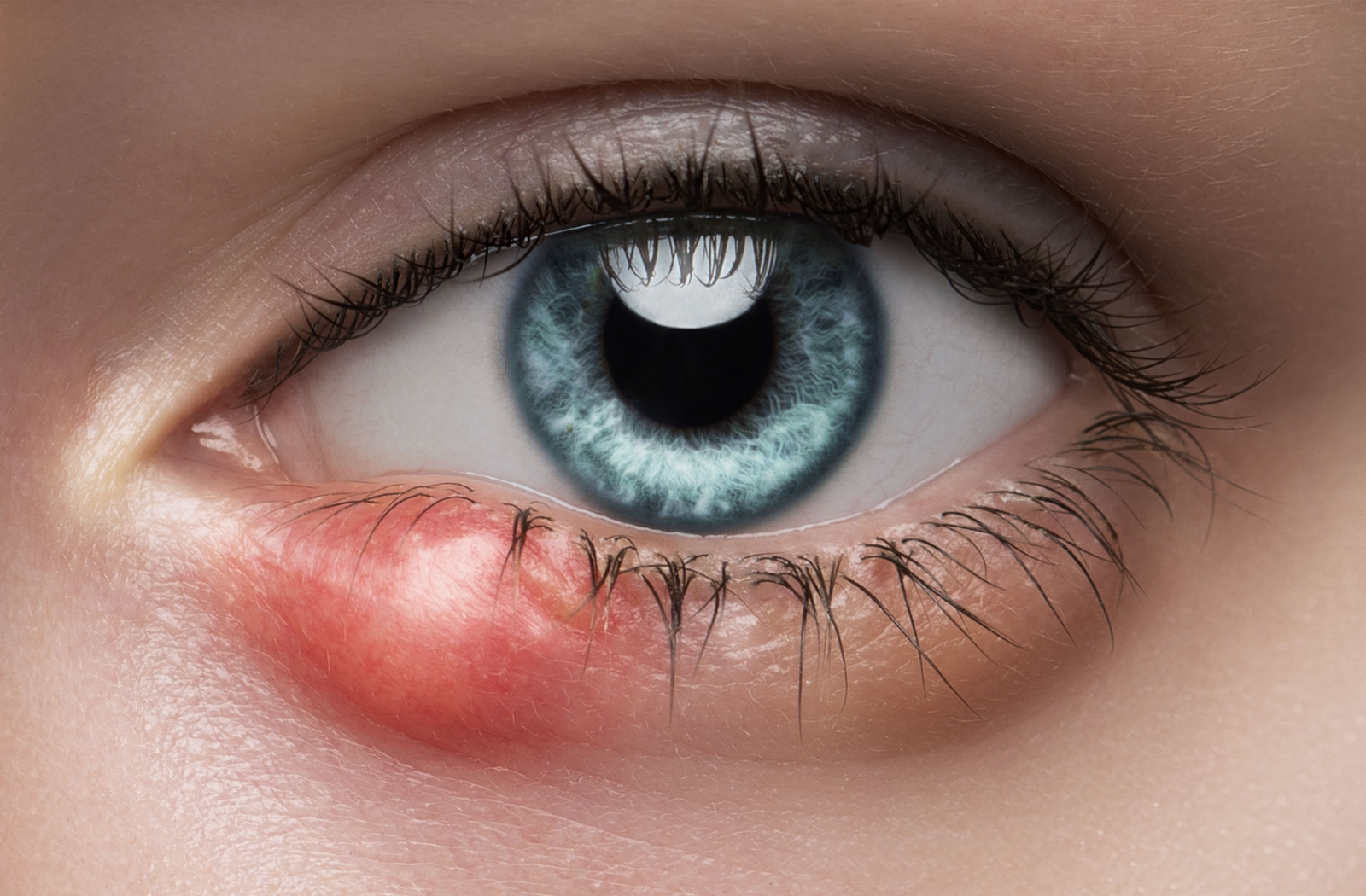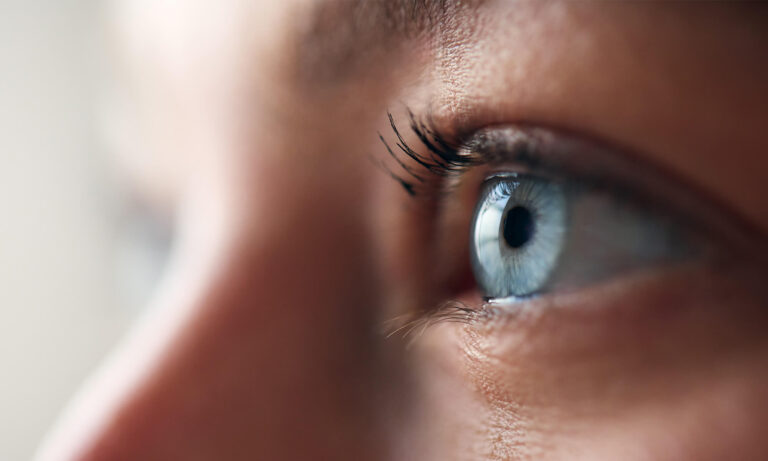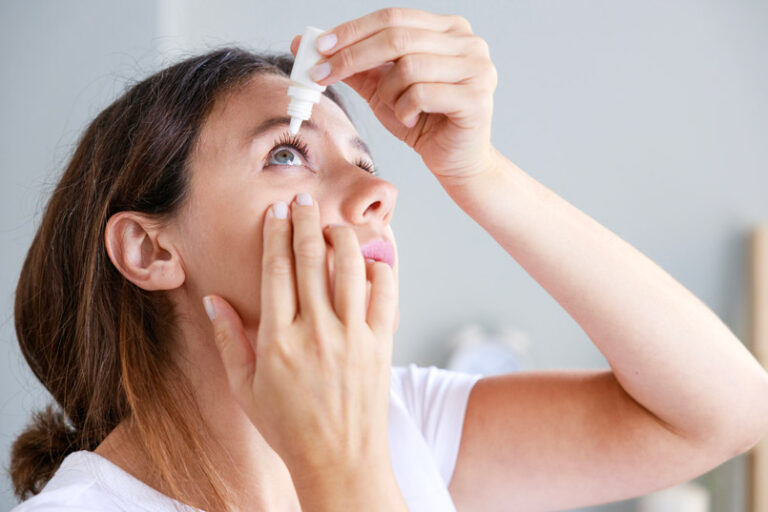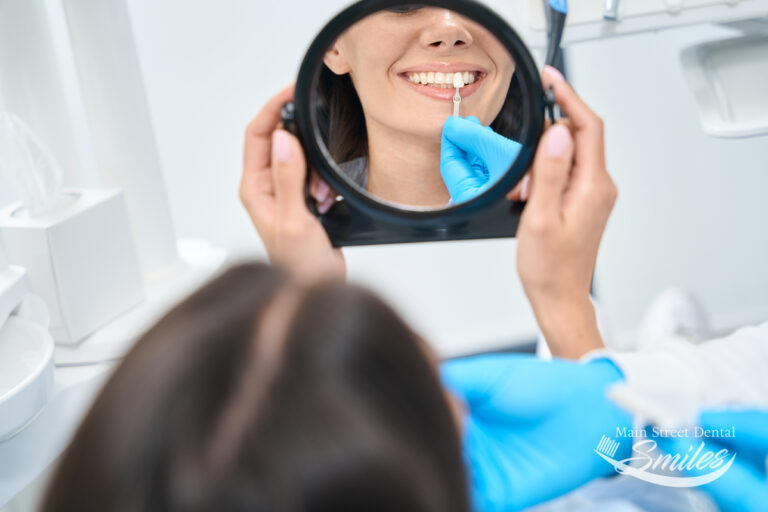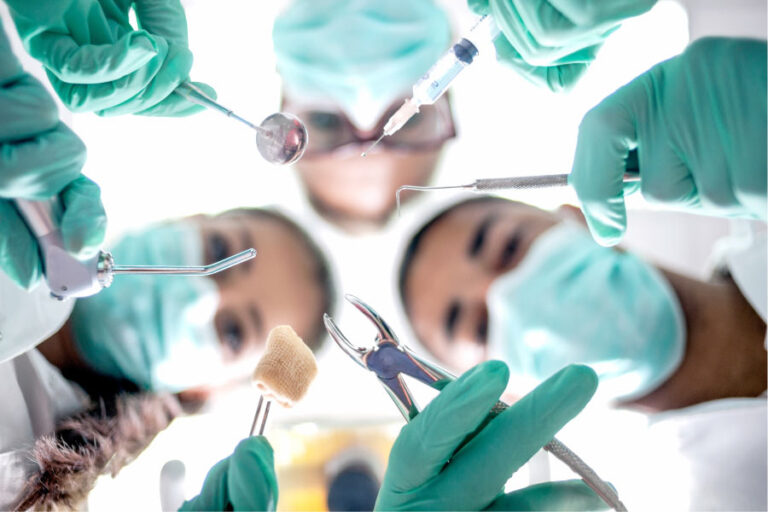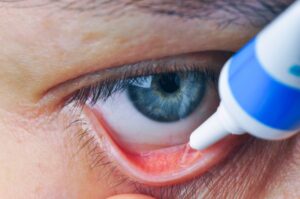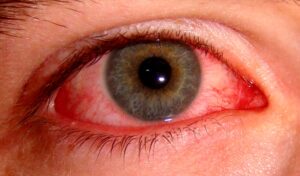A chalazion is a common eyelid condition that can cause discomfort and concern for many. If you’ve noticed a small, painless bump on your eyelid, it might be a chalazion. While they are generally harmless, understanding the appropriate chalazion medication and treatment options is crucial to managing this condition effectively. In this comprehensive guide, we’ll delve into the various medications, treatments, and home remedies available for chalazion, providing you with all the information you need to make informed decisions about your eye health.
What is a Chalazion?
A chalazion is a small, typically painless lump that forms on the eyelid due to a blocked meibomian gland. These glands are responsible for secreting oil that lubricates the eye. When the gland becomes blocked, the oil builds up, leading to the formation of a chalazion. Although they are usually painless, chalazia can sometimes become red, swollen, and uncomfortable if they become infected or irritated.
Symptoms of Chalazion
Before exploring chalazion medication options, it’s important to recognize the symptoms. Common signs of a chalazion include:
- A small, firm lump on the upper or lower eyelid.
- Mild discomfort or tenderness in the affected area.
- Redness and swelling around the lump.
- Blurred vision if the chalazion presses against the eyeball.
- Occasionally, the chalazion may drain spontaneously, releasing a small amount of pus.
Causes of Chalazion
Understanding the causes of a chalazion can help in preventing its occurrence. The primary cause is the blockage of the meibomian gland, but other factors may contribute:
- Chronic blepharitis (inflammation of the eyelid).
- Rosacea, which can lead to meibomian gland dysfunction.
- Frequent touching or rubbing of the eyes.
- Use of expired or contaminated eye makeup.
- Skin conditions like seborrheic dermatitis.
When to See a Doctor
While most chalazia resolve on their own, it’s important to seek medical advice if you experience any of the following:
- The chalazion does not improve after several weeks.
- The lump becomes larger or more painful.
- You experience significant discomfort, especially if the chalazion affects your vision.
- Signs of infection, such as increased redness, warmth, or pus discharge, are present.
Overview of Chalazion Medication
When it comes to chalazion medication, there are various treatment options available, depending on the severity and persistence of the condition. Here, we’ll discuss the most common medications and their effectiveness.
1. Topical Antibiotics
Topical antibiotics are often prescribed as a chalazion medication, particularly if there is a risk of infection. These antibiotics come in the form of ointments or eye drops and are applied directly to the affected area. While antibiotics do not treat the chalazion itself, they can help prevent or manage secondary infections.
Common Topical Antibiotics Include:
- Erythromycin Ointment: A widely used antibiotic ointment that helps prevent bacterial infections.
- Tobramycin Drops: Often prescribed for more severe cases or when an infection is suspected.
2. Steroid Injections
For chalazia that do not respond to initial treatments, a steroid injection may be recommended. This treatment involves injecting a corticosteroid, such as triamcinolone, directly into the chalazion. The steroid reduces inflammation and can help the chalazion to shrink and disappear over time.
Benefits of Steroid Injections:
- Effective for large or persistent chalazia.
- Minimally invasive and typically quick to administer.
- Can be performed in an outpatient setting.
3. Oral Antibiotics
In some cases, especially when the chalazion is associated with chronic blepharitis or rosacea, oral antibiotics may be prescribed. These medications help reduce inflammation and treat any underlying bacterial infections that could be contributing to the condition.
Common Oral Antibiotics for Chalazion:
- Doxycycline: An antibiotic that has anti-inflammatory properties, often used for skin conditions like rosacea.
- Tetracycline: Another antibiotic option, effective in managing inflammation and infection.
Home Remedies and Non-Prescription Treatments
In addition to prescription chalazion medications, there are several home remedies and over-the-counter treatments that can be effective in managing and reducing chalazion symptoms.
1. Warm Compresses
One of the most effective and commonly recommended home treatments for a chalazion is the use of warm compresses. Applying heat to the affected area can help to soften the hardened oil, promoting drainage and reducing the size of the chalazion.
How to Apply a Warm Compress:
- Soak a clean cloth in warm (not hot) water.
- Gently apply the cloth to the affected eyelid for 10-15 minutes, several times a day.
- Be consistent with this treatment, as regular application can significantly speed up recovery.
2. Eyelid Hygiene
Maintaining proper eyelid hygiene is crucial in preventing and managing chalazia. Cleaning the eyelids with mild soap or specialized eyelid wipes can help remove excess oil and debris that may contribute to gland blockages.
Steps for Eyelid Hygiene:
- Use a gentle, non-irritating cleanser, such as baby shampoo diluted with water.
- Close your eyes and gently scrub the eyelid margins with a clean cotton swab or soft cloth.
- Rinse with warm water and pat dry.
3. Over-the-Counter Eye Drops
Lubricating eye drops can help soothe irritation and provide relief from dryness associated with a chalazion. While these drops do not treat the chalazion directly, they can alleviate discomfort and prevent further irritation.
Types of Over-the-Counter Eye Drops:
- Artificial Tears: Help maintain moisture in the eyes and prevent dryness.
- Anti-Redness Drops: May reduce redness but should be used with caution, as overuse can lead to rebound redness.
Surgical Options for Chalazion Removal
When chalazion medication and home remedies fail to provide relief, surgical intervention may be considered. This is usually a last resort, reserved for chalazia that are large, persistent, or causing significant discomfort.
1. Incision and Curettage
The most common surgical procedure for chalazion removal is incision and curettage. During this procedure, a small incision is made in the chalazion, and the contents are carefully removed. The procedure is typically quick, performed under local anesthesia, and has a high success rate.
What to Expect:
- The eyelid is numbed with a local anesthetic.
- A small incision is made on the inside of the eyelid.
- The contents of the chalazion are drained and removed.
- The incision heals naturally, usually without the need for stitches.
2. Laser Surgery
Laser surgery is an alternative to traditional incision and curettage. In this procedure, a laser is used to make the incision and drain the chalazion. Laser surgery offers the advantage of being less invasive, with a potentially faster recovery time.
Benefits of Laser Surgery:
- Minimally invasive with reduced bleeding.
- Quick recovery with minimal discomfort.
- Effective for stubborn or recurrent chalazia.
Preventing Chalazia
Preventing chalazia involves a combination of good eyelid hygiene, managing underlying conditions, and making lifestyle changes. Here are some tips to help prevent the recurrence of chalazia:
1. Regular Eyelid Cleaning
As mentioned earlier, keeping your eyelids clean is essential in preventing gland blockages. Incorporating eyelid cleaning into your daily routine can reduce the risk of chalazia.
2. Manage Underlying Conditions
If you have conditions like blepharitis or rosacea, it’s important to manage them effectively. Follow your doctor’s recommendations and use any prescribed medications to keep these conditions under control.
3. Avoid Touching Your Eyes
Touching or rubbing your eyes can introduce bacteria and oils that may lead to gland blockages. If you need to touch your eyes, make sure your hands are clean.
4. Use Fresh, Clean Makeup
Old or contaminated makeup can harbor bacteria that contribute to chalazion formation. Replace eye makeup regularly and avoid sharing it with others.
When Chalazion Medication Isn’t Enough: Other Considerations
In some cases, chalazion medication and treatments may not be enough, particularly if you have recurrent chalazia or underlying health issues. Here are some additional considerations:
1. Consult an Eye Specialist
If you experience frequent chalazia or if your condition does not improve with treatment, it may be time to consult an ophthalmologist. They can perform a thorough evaluation and recommend advanced treatments or surgery if necessary.
2. Explore Alternative Therapies
Some individuals find relief from chalazia through alternative therapies, such as acupuncture or herbal remedies. While these treatments are not scientifically proven, they may provide comfort and complement traditional treatments.
Conclusion
Dealing with a chalazion can be frustrating, but with the right chalazion medication, treatment, and preventive measures, you can manage and even prevent this condition effectively. Whether you choose over-the-counter remedies, prescription medications, or surgical options, it’s important to take action early and consult a healthcare professional if needed. By staying informed and proactive, you can maintain healthy eyelids and avoid the discomfort of recurrent chalazia.





